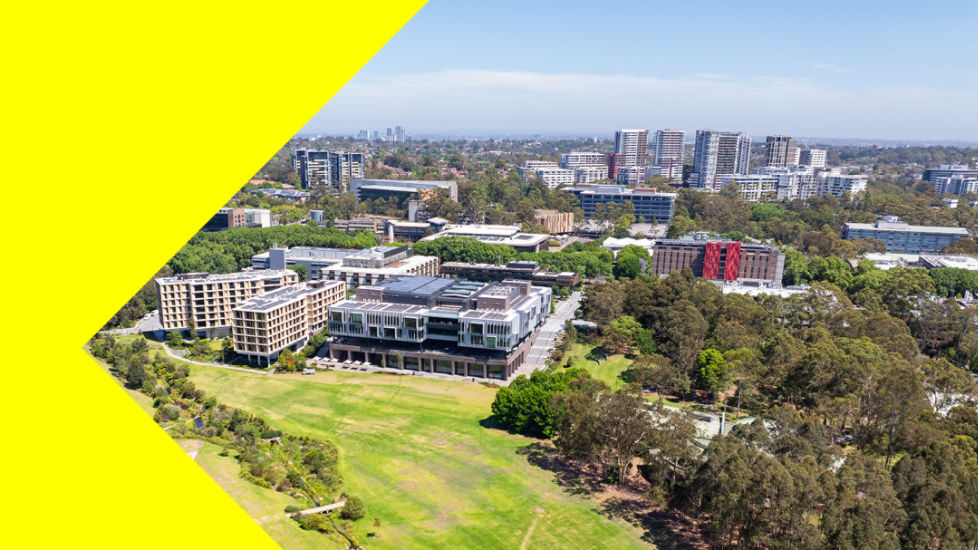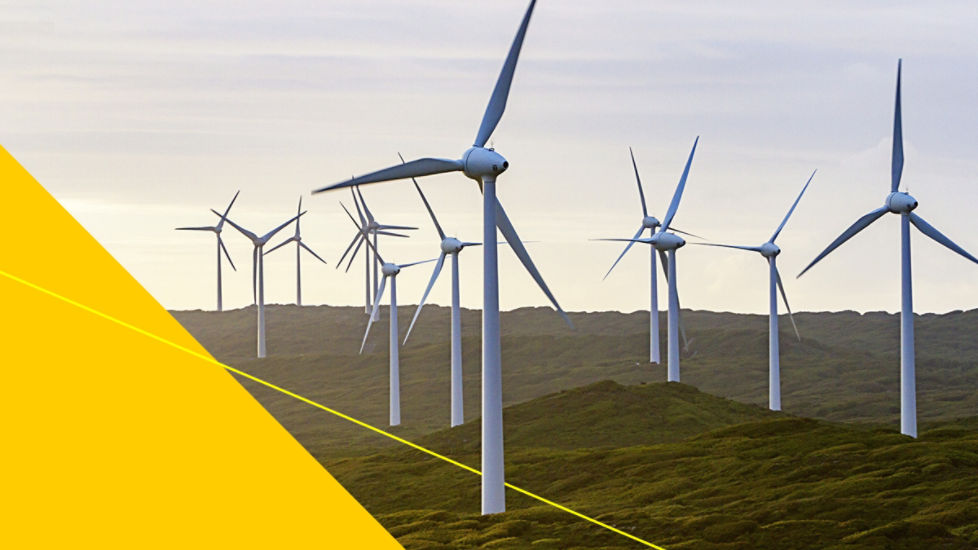That two-hour window is based on the operator “looking to discharge the battery as fast as [they] can”, Edify Energy CEO and founder John Cole says.
“If you want to trickle it out, then you can provide energy [to those 100,000 homes] over a longer duration,” he adds.
When completed, the Riverina battery will be one of the largest utility-scale grid-forming batteries in Australia’s National Electricity Market (NEM). Grid-forming technology is pivotal in maintaining grid stability, supporting the reliable dispatch of renewable energy. The project’s location should also support this functionality, Cole says.
Lying alongside the Murrumbidgee River, the small town of Darlington Point is already home to one of the largest solar farms connected to the NEM, and is strategically located near existing electricity infrastructure.
With plans to come online in the first half of next year, the Riverina Battery will utilise Tesla’s Megapack Storage System and was partially financed by CommBank – making it only the second battery to be financed by a commercial bank in Australia.
Financing the transition
Neil Fraser, CommBank’s Executive Director of Natural Resources and Energy, says commercial banks have so far only financed two of these projects due to a lack of ‘offtake contracts’ to support revenues.
Offtake contracts protect both sides from market volatility, but also provide battery operators with revenue security, allowing banks to be quite aggressive with the amount of debt they put against the project. This is because they have greater surety the project will have stable cashflow to service the loan, Fraser says.
Edify Energy signed long-term supply agreements, or offtakes, with Energy Australia and Shell Energy to cover 10 out of the 15 years of the project’s financed life.
“We view energy storage as being crucially important to the transition of the energy market over the next 10 to 15 years and we think there will be a lot of batteries coming into the market in the future, we're very eager to support the introduction of this technology into the National Electricity Market,” Fraser says.
To that end, the Riverina battery is the first time a battery has been financed by commercial banks with a merchant tail – as during the final five years of the repayment profile, the battery’s revenue will depend on market prices. As the battery market continues to develop and new grid-forming services are increasingly monetised, operators will see their revenue streams increase, Fraser says. The Riverina battery will likely operate across nine different energy markets by the time its loan period passes the 10-year mark, Fraser says.
And after extensive conversations with Edify Energy regarding the merchant tail, Fraser says this first instance of such a deal will undoubtedly pave the way for similar ones in the future.
“We have financed batteries offshore in North America and in Europe, so we've been able to take some of the learnings from over there and apply them here as well.
“And as the market develops and we see increased penetration of renewable generators, these batteries are going to be crucial in supporting the stability of the grid and firming the variable renewable energy,” Fraser says.
For investors, part of the appeal of Edify Energy’s latest project is the calibre of the businesses it is working with. Stephen Panizza, head of renewable energy at the project’s majority owner Federation Asset Management, notes that 100% of the capacity of the project has been contracted to high quality counterparties for substantial periods. This is a key business attraction, he says.
“Having security of revenue from high quality counter-parties via offtakes, provides surety to us as investors on the long term potential of the deal. So from Federation’s perspective, we have a good developer, good technology, confidence in the engineering, procurement and construction and then contracting for the offtake,” Panizza says.
He adds that grid-forming batteries – those that help stabilise and strengthen the NEM as the power generation mix continues to shift to renewables – are especially important for Australia’s future. The opportunity to support the roll-out of grid-forming battery technology across the country added to the appeal for Federation.
“We anticipate that the advanced inverter technology is a better solution to integration issues in the grid than legacy technologies such as synchronising condensers. Providing this solution to the system can not only bring economic benefits to our investors, but support higher levels of renewable penetration, thus we are keen to utilise this capability,” says Panizza.
The Darlington Point battery facility, comprising three independent but co-existing batteries, is testament to Edify Energy’s position as leader in this space. The project has attracted $6.6 million in funding from the Australian Renewable Agency (ARENA), as well as $6.5 million from the NSW Government.




